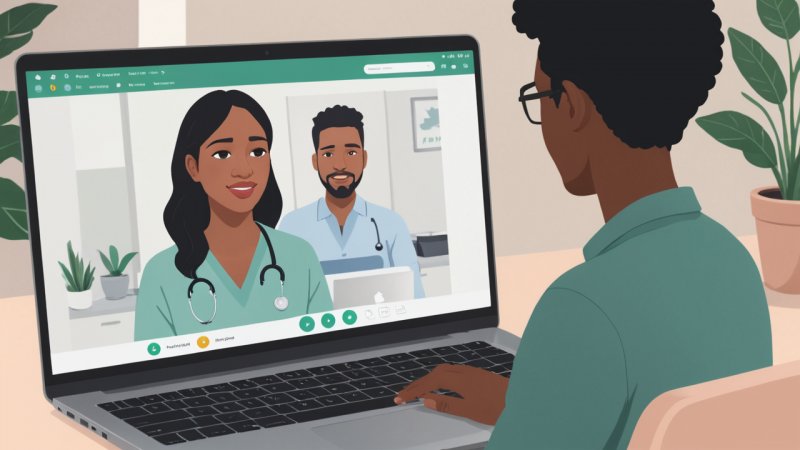The rise of telehealth has transformed the landscape of mental health care, breaking down barriers that have long hindered access to vital services. With technology becoming an integral part of our daily lives, telehealth offers a promising solution to enhance mental health support for individuals across various demographics. By leveraging the power of digital communication, we can reach those in need, particularly in underserved communities where traditional mental health services may be scarce. Here are some significant ways telehealth is expanding access to mental health care.
1. Overcoming Geographic Barriers
One of the most significant advantages of telehealth is its ability to transcend geographic limitations. Rural and remote areas often lack sufficient mental health professionals, leaving residents without essential support. Telehealth bridges this gap by allowing individuals to connect with licensed therapists and counselors from the comfort of their homes, regardless of location. This accessibility is crucial for those living in isolated regions, ensuring they receive timely care.
2. Reducing Stigma and Anxiety
Seeking help for mental health issues can be daunting, often accompanied by feelings of shame or anxiety. Telehealth provides a level of anonymity that can encourage individuals to seek assistance without the fear of being judged. The privacy of a virtual session enables clients to engage more openly, fostering a safe environment for discussing their challenges. As a result, more people may be inclined to pursue the help they need without the intimidation of in-person visits.
3. Flexibility in Scheduling
Traditional mental health appointments can be difficult to navigate, especially for those juggling work, family, and other commitments. Telehealth offers unparalleled flexibility, allowing clients to schedule sessions at times that suit their busy lives. This convenience can lead to increased adherence to treatment plans, as clients are less likely to miss appointments that fit their schedules. Furthermore, telehealth services often include after-hours and weekend options, accommodating a wider range of needs.
4. Expanding Treatment Options
Telehealth not only facilitates access to individual therapy but also opens doors for group therapy and support sessions. Online platforms can host virtual support groups, where individuals facing similar challenges can connect and share their experiences. This communal aspect of mental health care can foster a sense of belonging and understanding, which is vital for recovery. Additionally, telehealth allows for the integration of various therapeutic approaches, including cognitive behavioral therapy (CBT), mindfulness practices, and even art or music therapy.
5. Enhancing Continuity of Care
For those already undergoing treatment, maintaining continuity of care is essential for effective recovery. Telehealth ensures that clients can continue their sessions even during unforeseen circumstances, such as illness, travel, or natural disasters. This consistency is critical in managing mental health conditions, as interruptions can lead to setbacks. With telehealth, individuals can easily check in with their providers, ensuring their treatment remains on track.
In conclusion, telehealth represents a significant advancement in mental health care, offering solutions to longstanding barriers. By overcoming geographic limitations, reducing stigma, providing scheduling flexibility, expanding treatment options, and enhancing continuity of care, telehealth is paving the way for a more inclusive and accessible mental health landscape. As we continue to embrace technology, it is crucial to advocate for these services and support initiatives aimed at integrating telehealth into our mental health systems. Together, we can help ensure that mental health care is available to everyone, regardless of their circumstances.






